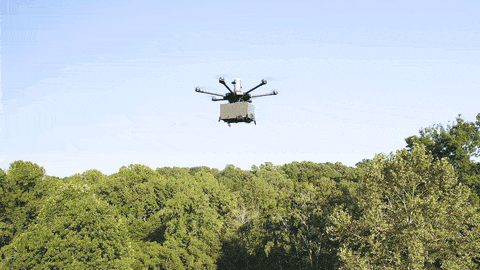- Markets - Around The World
- Posts
- Walmart Order, Shipped by Amazon
Walmart Order, Shipped by Amazon
Diamond-Powered Chips
When Amazon Delivers for Walmart: E-Commerce Plot Twist!
Amazon is now helping independent sellers fulfill walmart.com orders using its logistics network, marking a striking twist in e-commerce. The move, unveiled at Amazon’s Accelerate seller conference, expands its Multichannel Fulfillment (MCF) service beyond amazon.com

Sellers can now ship Walmart orders directly through Amazon without the cumbersome manual process previously required for unsupported platforms. While boxes won’t carry Walmart or Amazon branding due to restrictions, products will still reach customers efficiently.
This expansion positions Amazon as a full-service logistics partner, competing with ShipBob, FedEx, UPS, DHL, and even Walmart and Shopify’s own services. Third-party seller services already generate billions for Amazon, contributing $156 billion to its 2024 revenue, nearly a quarter of the company’s total.
When Teddy Talks Back: China’s AI Toy Invasion
Kids’ stuffed animals are no longer just for hugs—they can now chat, thanks to AI-powered toys. In China, this trend is booming, with the market expected to surpass $14 billion by 2030 and over 1,500 AI toy companies already in operation.

A BubblePal Teddy
Products like BubblePal let parents choose from 39 characters for their child’s toy, while FoloToy allows toys to mimic a parent’s voice, blending playtime with personalization. Both companies have expanded internationally, tapping early adopters in countries like the US, Canada, and the UK.
China’s AI toy boom builds on decades of kid-focused electronics, but competition is heating up globally with companies like Mattel and Grok entering the space. Parents’ reactions are mixed—screen-free and controlled toys are appreciated, but glitches can make the novelty wear off fast.
Diamonds Aren’t Just Forever—They Might Cool Your AI Chips Too
Data centers powering AI models are consuming enormous amounts of electricity, much of it wasted as heat from modern chips. Engineers are turning to an unlikely solution: embedding synthetic diamonds into chips to draw away heat efficiently.

Diamond’s exceptional thermal conductivity, several times faster than copper, allows it to spread heat from thousands of transistors, keeping chips cooler and extending their lifespan. Companies like Diamond Foundry and Element Six (founded by De Beers) are developing single-crystal and diamond-copper composite layers that could dramatically lower thermal resistance in high-performance computing devices.
This is another big use case for lab-grown diamonds beyond jewelry. Researchers at Stanford and MIT are exploring ways to grow diamond layers on silicon wafers without damaging the chips, aiming to overcome the heat challenges that limit faster, denser, multi-layer transistors.